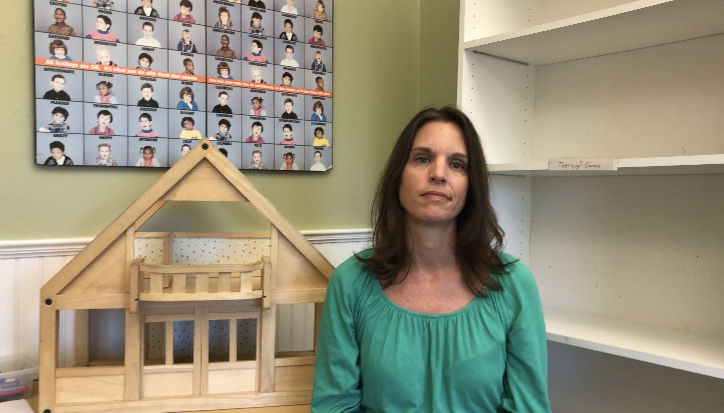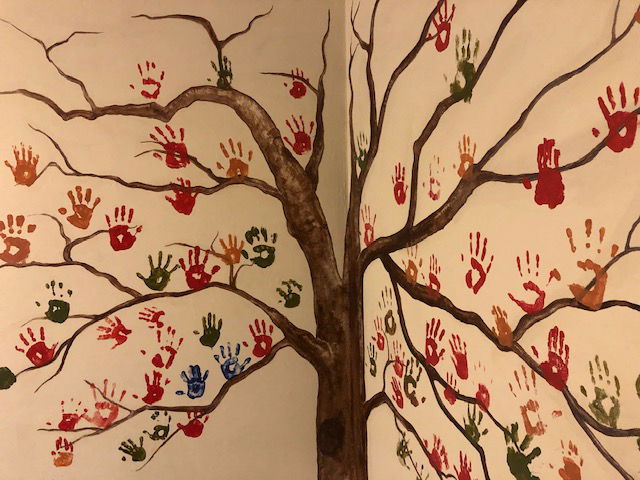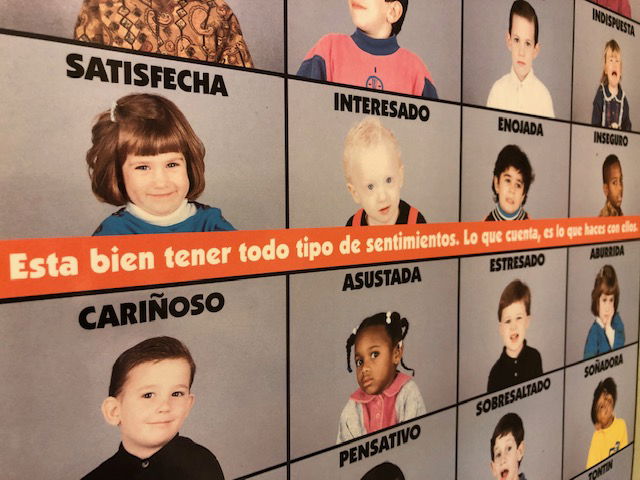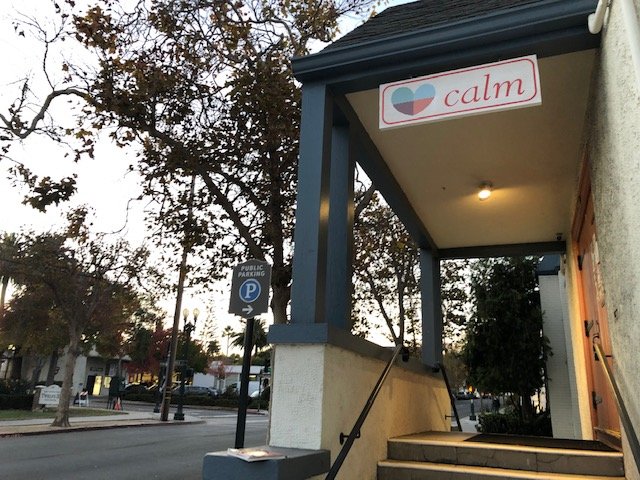CALM seeing spike in numbers and severity in child trauma cases
SANTA BARBARA, Calif. - Concerns about a spike in domestic violence calls and crimes first surfaced in early March, at the beginning of the COVID-19 pandemic.
Santa Barbara County Sheriff Bill Brown and District Attorney Joyce Dudley both addressed the issue publicly at the onset of California's stay-at-home order.
Now, eight months later, representatives with CALM (Child Abuse Listening Mediation) are seeing a disturbing domestic trend linked to the ongoing pandemic and remote learning.
"We're getting many more service requests," said Alana Walczak, President and CEO of CALM. "The numbers of community members reaching out, asking for services for themselves and their loved ones has definitely increased in recent weeks and months. Requests for in-person services have gone up."

CALM's staff serves as essential frontline responders for abuse cases involving children throughout Santa Barbara County. They see a direct link between tough economic times, sheltering at home, and increase cases of domestic violence and child abuse.
"We provide all of the interviews for sexual abuse cases and physical abuse cases and the injuries that are presenting themselves at those interviews or what's presenting at the emergency rooms, the injuries have gotten more severe in recent months as the pandemic has gone on," said Walczak.

Walczak said each year CALM receives 5,000 reports of child abuse and domestic violence; 4,000 of those come from Lompoc and Santa Maria.
"Back in the Recession of 2008/2009 infants were showing up in the emergency room with blunt force trauma to the head," said Walczak. "I know that's really hard to hear but ... you think about it, that makes sense for families dealing with a lot, infants take a lot of care and infants cry so if, as a parent you're at, you know, you're at a snapping point that younger age group is going to bear the brunt of the violence."

Now, a new age group appears most at risk.
"What we were seeing at the beginning of the pandemic and I believe its held firm is that toddlers, two and three, those ages ... those are very difficult for families navigating everything."
Walczak said digital remote learning has added another layer of stress for both students and parents and believes all children are at risk.
If there is a positive to this, Walczak said CALM is seeing more families reaching out, asking for help.
"CALM has always had a really strong referral network of families, knowing other families who receive services from us so then they ask for help themselves -- we're seeing more of that."

For more information about CALM and the services it provides, click here.
